Threads and yarn for knitwear production
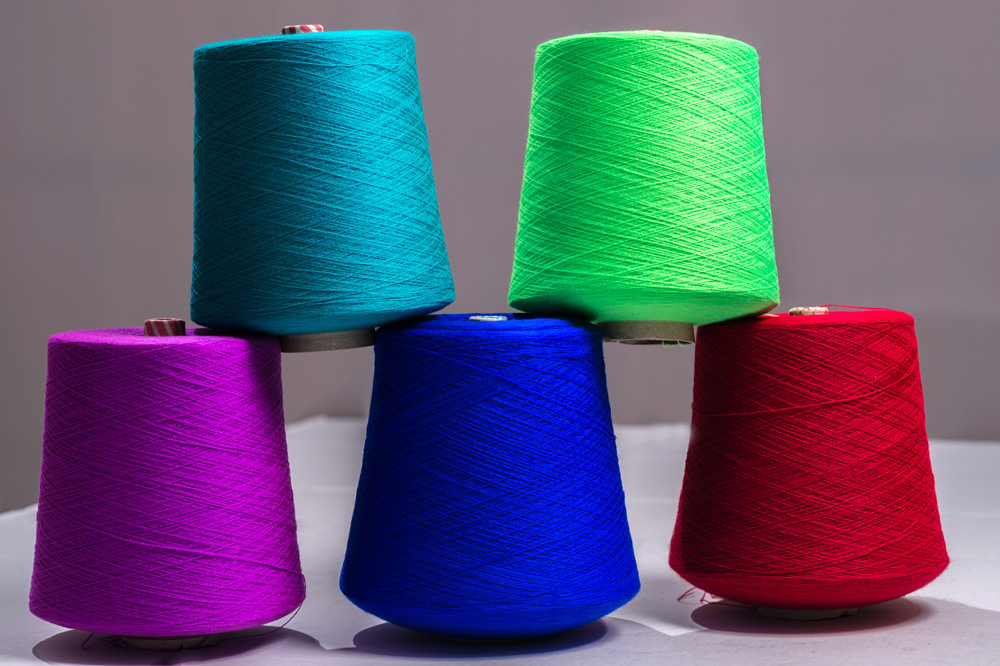
Acrylic is a thread of synthetic origin. It is soft and pleasant to the touch, used mainly for knitting. Today, acrylic is used in their products by manufacturers from around the world.
In its pure form, acrylic is rarely used. Most often, acrylic is added to: cotton – to improve hygienic properties; polyester – it gives acrylic resistance to moisture and increased strength; wool – it improves performance and quality characteristics; viscose – to enhance elasticity and silkiness.
Properties of acrylic thread:
– hypoallergenic and environmentally friendly;
– has excellent heat-retaining properties;
– with proper use retains its shape for a long time;
– color does not burn out;
– has water-repellent properties;
– dries quickly and does not settle;
– bacteria are not found in the thread;
– more affordable price in contrast to natural counterparts.
Disadvantages include the fact that acrylic is poorly permeable to air, so in hot weather can cause sweating. Also the material can be electrified and rolled.
In its pure form, acrylic is rarely used. Most often, acrylic is added to: cotton – to improve hygienic properties; polyester – it gives acrylic resistance to moisture and increased strength; wool – it improves performance and quality characteristics; viscose – to enhance elasticity and silkiness.
Properties of acrylic thread:
– hypoallergenic and environmentally friendly;
– has excellent heat-retaining properties;
– with proper use retains its shape for a long time;
– color does not burn out;
– has water-repellent properties;
– dries quickly and does not settle;
– bacteria are not found in the thread;
– more affordable price in contrast to natural counterparts.
Disadvantages include the fact that acrylic is poorly permeable to air, so in hot weather can cause sweating. Also the material can be electrified and rolled.
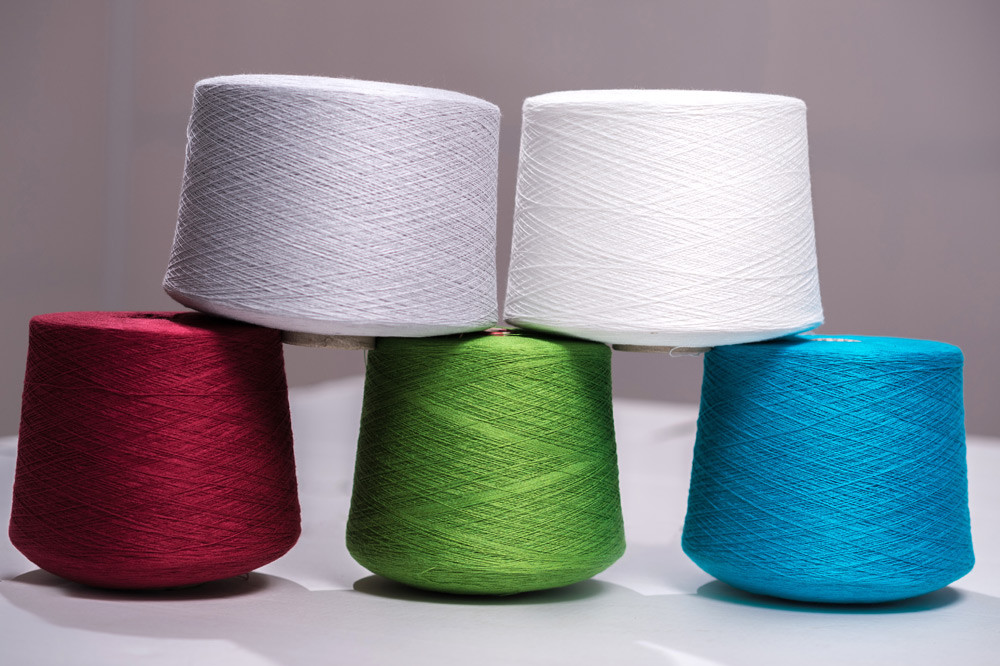
The source of natural cotton fiber is the cotton plant. Cotton thread is pleasant to the touch, environmentally friendly, does not retain air, does not cause allergic reactions, but it has no elasticity.
Everything changes when you combine natural threads with synthetic ones. When combining cotton with acrylic, the thread not only retains all its positive properties, but also gets rid of its shortcomings.
The thread gains strength, does not burn out, does not shrink. Things made of cotton-acrylic thread do not wrinkle, look neat and hold their shape well. In addition, they come out warmer.
Everything changes when you combine natural threads with synthetic ones. When combining cotton with acrylic, the thread not only retains all its positive properties, but also gets rid of its shortcomings.
The thread gains strength, does not burn out, does not shrink. Things made of cotton-acrylic thread do not wrinkle, look neat and hold their shape well. In addition, they come out warmer.
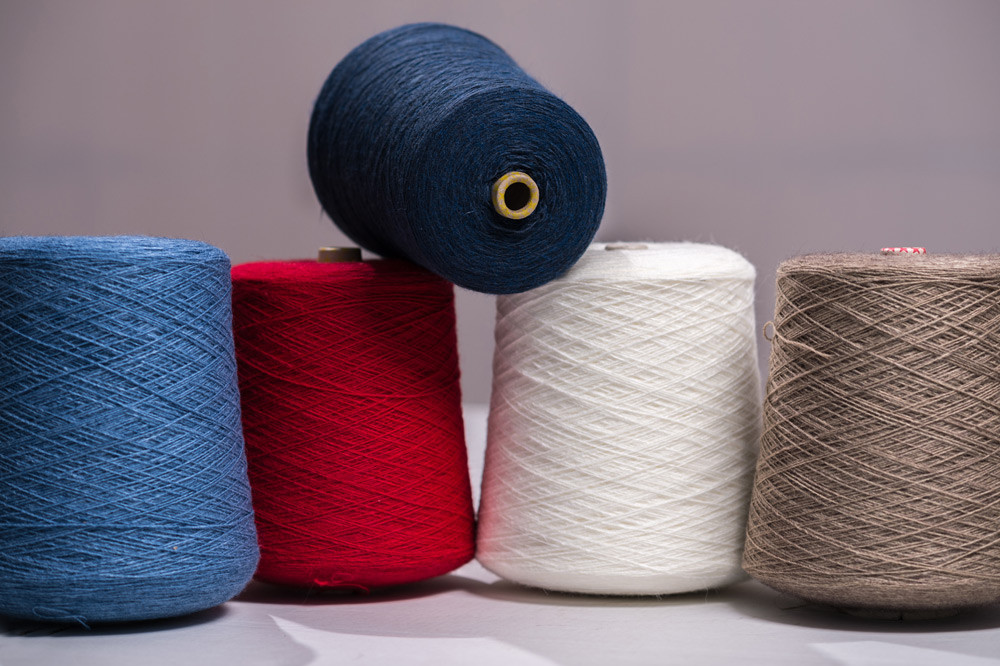
These are threads that are used in the production of warm quality products.
They are made of natural wool, high-quality polyamide for the best tactile sensations, and acrylic yarn, soft and pleasant to the touch, which gives the products strength, light resistance and thermoplasticity.
They are made of natural wool, high-quality polyamide for the best tactile sensations, and acrylic yarn, soft and pleasant to the touch, which gives the products strength, light resistance and thermoplasticity.
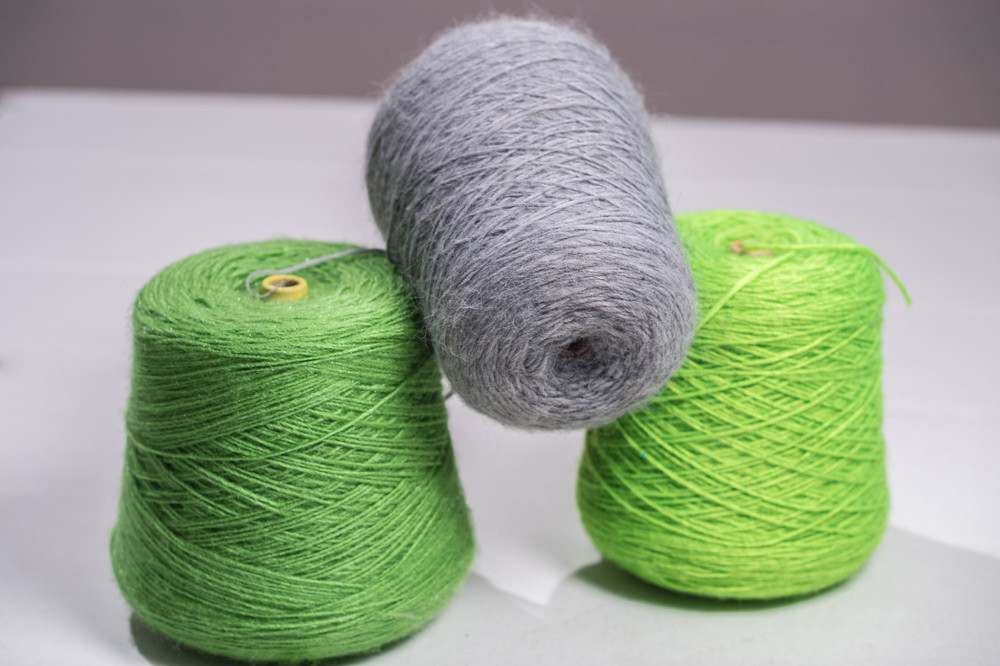
Acrylic holds heat well, so things made of it can keep you warm. Due to its synthetic origin, acrylic yarn is light, strong, does not burn out and does not fade, in addition, it is hypoallergenic and is not eaten by moths.
When mixing acrylic with natural wool, the quality of the yarn is significantly improved. The knitted product will hold its shape well, will not stretch and sag.
When mixing acrylic with natural wool, the quality of the yarn is significantly improved. The knitted product will hold its shape well, will not stretch and sag.
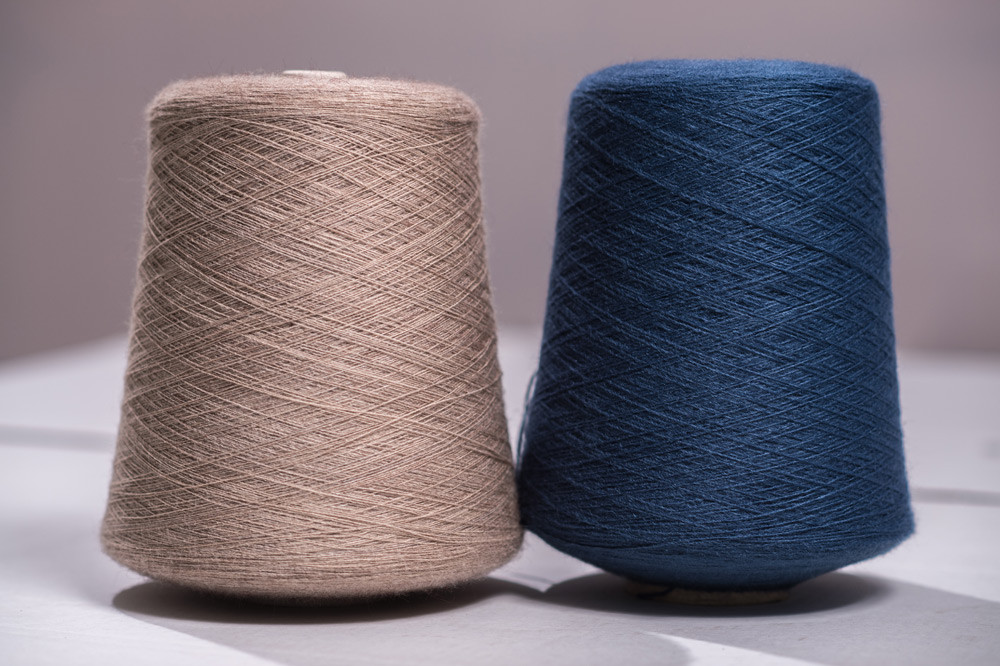
VEZUV NM 7/1 threads, which contain 85% acrylic and 15% polyamide, are used in the production of warm and quality products.
Acrylic yarn is hypoallergenic and environmentally friendly, has excellent heat-retaining properties, dries quickly and does not settle, the color does not burn out, and when used properly - retains its shape for a long time.
Polyamide threads in the composition give the products strength, abrasion resistance and moisture. The fibers do not form a fungus, and when wet, they do not lose their properties.
Acrylic yarn is hypoallergenic and environmentally friendly, has excellent heat-retaining properties, dries quickly and does not settle, the color does not burn out, and when used properly - retains its shape for a long time.
Polyamide threads in the composition give the products strength, abrasion resistance and moisture. The fibers do not form a fungus, and when wet, they do not lose their properties.
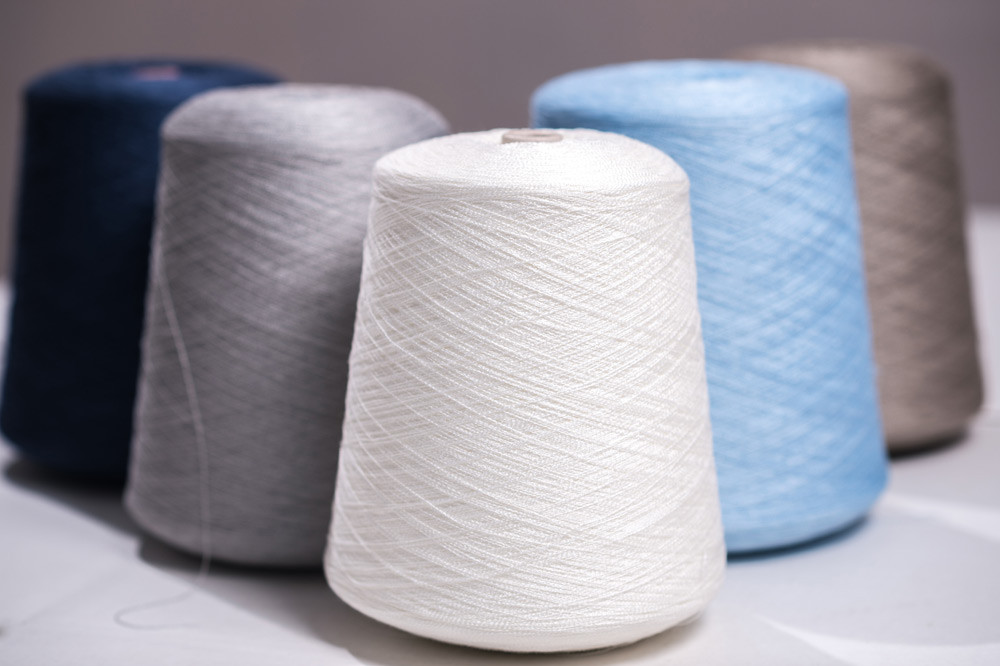
Thread Frize NM 10/1, 14/1 is used in the manufacture of knitwear. These are twisted threads that weave into an uneven knotty surface.
One of the main advantages of this thread are its high strength, excellent wear resistance and long service life.
Since the Frize thread undergoes a special heat treatment, the yarn is elastic and flexible. It is resistant to deformations, keeps its shape well.
The high quality and soft fibers of the Frize thread make the products pleasant to the touch.
One of the main advantages of this thread are its high strength, excellent wear resistance and long service life.
Since the Frize thread undergoes a special heat treatment, the yarn is elastic and flexible. It is resistant to deformations, keeps its shape well.
The high quality and soft fibers of the Frize thread make the products pleasant to the touch.
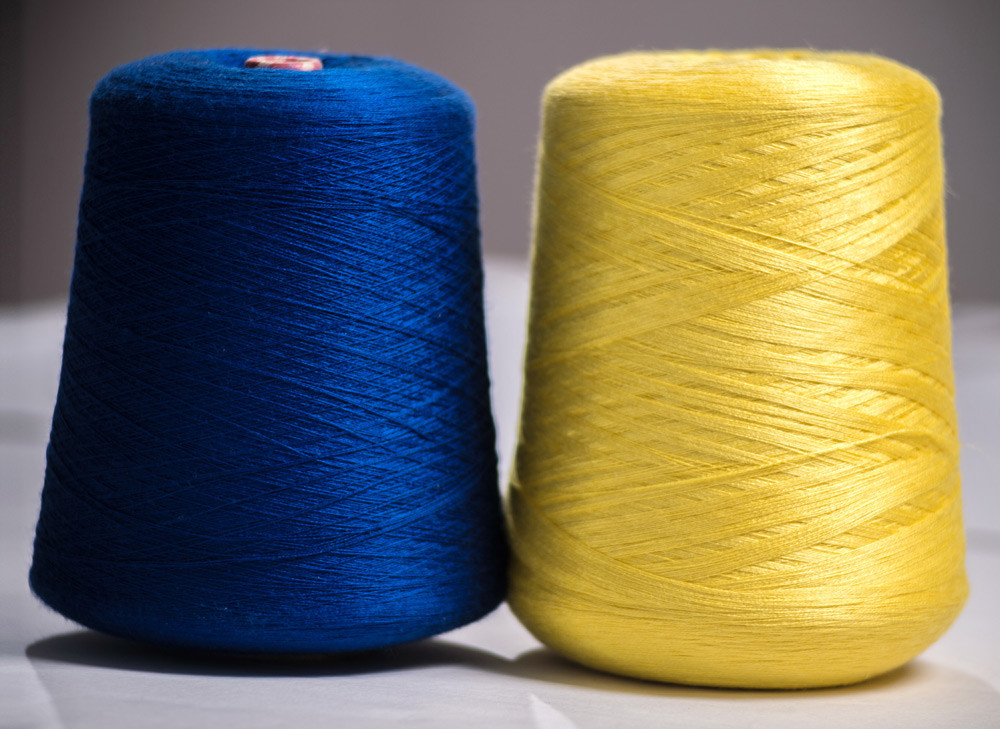
Acrylic is a thread of synthetic origin. It is soft and pleasant to the touch, used mainly for knitting. Today, acrylic is used in their products by manufacturers from around the world.
In its pure form, acrylic is rarely used. Most often, acrylic is added to: cotton – to improve hygienic properties; polyester – it gives acrylic resistance to moisture and increased strength; wool – it improves performance and quality characteristics; viscose – to enhance elasticity and silkiness.
Properties of acrylic thread:
– hypoallergenic and environmentally friendly;
– has excellent heat-retaining properties;
– with proper use retains its shape for a long time;
– color does not burn out;
– has water-repellent properties;
– dries quickly and does not settle;
– bacteria are not found in the thread;
– more affordable price in contrast to natural counterparts.
Disadvantages include the fact that acrylic is poorly permeable to air, so in hot weather can cause sweating. Also the material can be electrified and rolled.
In its pure form, acrylic is rarely used. Most often, acrylic is added to: cotton – to improve hygienic properties; polyester – it gives acrylic resistance to moisture and increased strength; wool – it improves performance and quality characteristics; viscose – to enhance elasticity and silkiness.
Properties of acrylic thread:
– hypoallergenic and environmentally friendly;
– has excellent heat-retaining properties;
– with proper use retains its shape for a long time;
– color does not burn out;
– has water-repellent properties;
– dries quickly and does not settle;
– bacteria are not found in the thread;
– more affordable price in contrast to natural counterparts.
Disadvantages include the fact that acrylic is poorly permeable to air, so in hot weather can cause sweating. Also the material can be electrified and rolled.
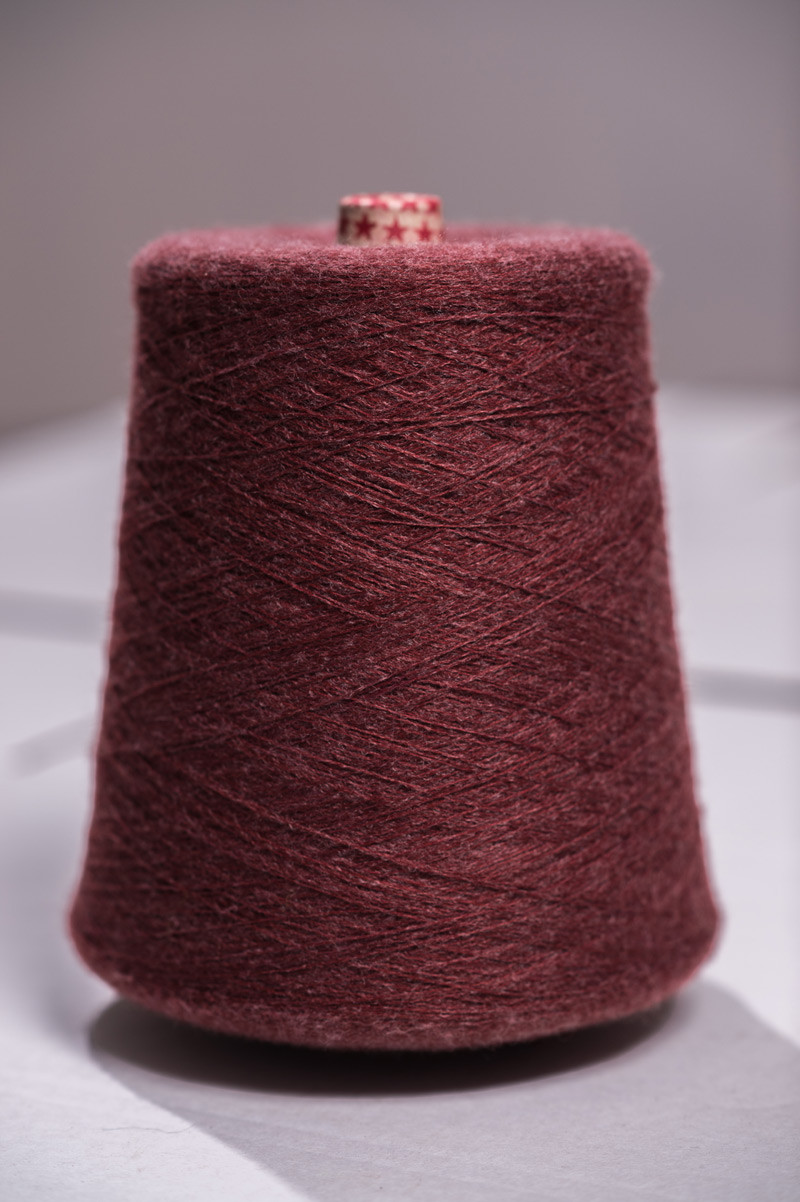
Today, manufacturers from all over the world use acrylic in their products - mainly for the manufacture of knitwear.
In its pure form, acrylic is used very rarely. Most often, acrylic is added to: cotton - to improve hygienic properties; polyester - it gives acrylic resistance to moisture and increased strength; wool - it improves performance and quality characteristics; viscose - to enhance elasticity and silkiness.
In its pure form, acrylic is used very rarely. Most often, acrylic is added to: cotton - to improve hygienic properties; polyester - it gives acrylic resistance to moisture and increased strength; wool - it improves performance and quality characteristics; viscose - to enhance elasticity and silkiness.

